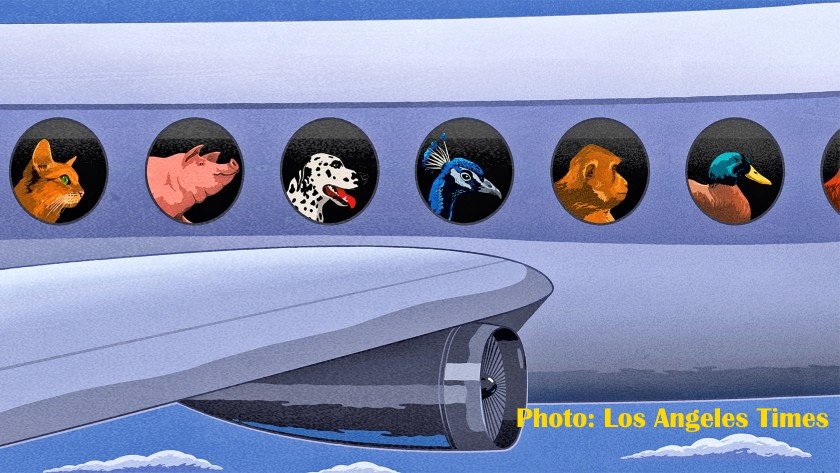-
From ant to elephant, come fly with me. The farce of ESAs.

Here is a conundrum: what is the difference between a companion pet and an emotional support animal or an ESA as we apparently need to call them? For those not familiar with this relatively new phenomenon, an ESA is an animal not trained to perform a specific task to aid a disabled person in the…
-
Coronavirus: a time to stand by our pets.
While we struggle to combat this terrible virus our companion pets will need all the support we can give them over the next few months because through no fault of their own, they could be subjected to wide ranging and long-lasting negative welfare implications. It is important that we do not succumb to misinformation and…